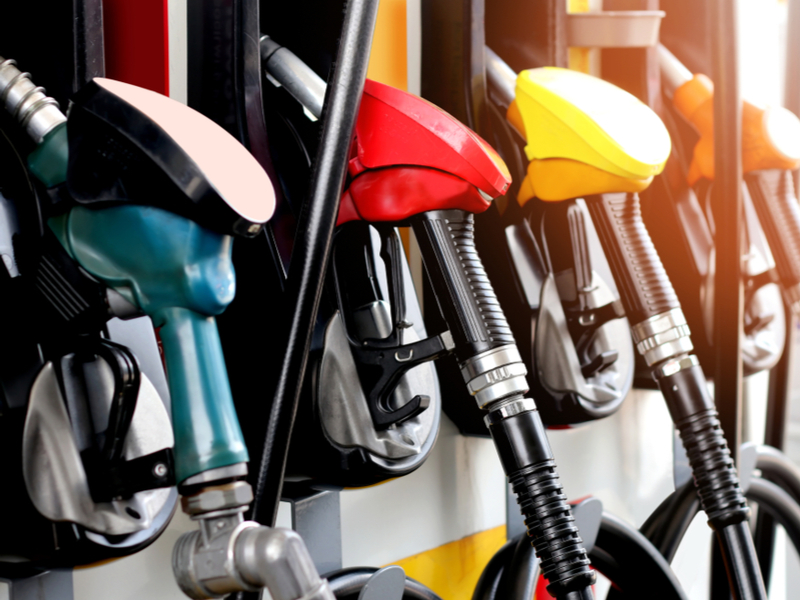Yes, fuel can go out of date. It usually takes a few months before the quality starts to fall away. If you keep the fuel in a container, it should be properly sealed otherwise the quality will deteriorate faster and there’s also an increased risk of fire.
18th March 2022
Fuel FAQ | Your questions answered

We’ve pulled together the answers to some of the FAQs regarding fuel. If you have any questions that aren’t on list below, get in touch and we’ll be happy to help.
It depends on the type of fuel and how old it is.
Oxidised petrol can cause deposits and other impurities to get clogged up, and old diesel can block the fuel filter and parts of the injection system, which can lead to damage to the inner parts of your engine.
Yes, however there are legal rules that you need to follow to keep it safely. Storing flammable liquid increases the risk of fire, so make sure you comply with the safety and legal requirements.
You should store petrol or diesel only in containers designed for petrol or diesel storage with a tight-fitting cap. You should also keep it in a safe place, far from ignition sources and out of children’s reach.
There is also a limit on the amount of fuel you can store at home. For example, you can’t store more 30 litres of petrol without informing your local Petroleum Enforcement Authority. Find out more information about storing petrol at home here.
The restrictions on the containers in which you can store fuel are the following:
– Plastic container – up to 10 litres
– Metal container – up to 20 litres
– Demountable fuel tank – up to 30 litres.
Yes, you can use a container to fill in fuel, however, some fuel stations have specific requirements in terms of container’s size and style.
Once you fill in your container, make sure it’s well secured to avoid potential spillage.
E10 became the standard petrol grade in September 2021, as part of the government’s ambitions to reach net zero by 2050. It is lower-carbon, mixture of renewable ethanol (10%) and petrol made from materials including low-grade grains, sugars and waste food.
The good news is that almost every petrol-powered vehicle in the UK is compatible with E10 petrol. The vehicle which may not be compatible are classic cherished and older vehicles, some specific models, most likely from the early 2000s, and some mopeds with an engine size 50cc or under. Click here to check if your vehicle can run on E10 petrol, or consult your manual/contact vehicle manufacturer.
Read our Ecodriving factsheet for tips on how to drive more efficiently to save on fuel, reduce carbon emissions and improve air quality.